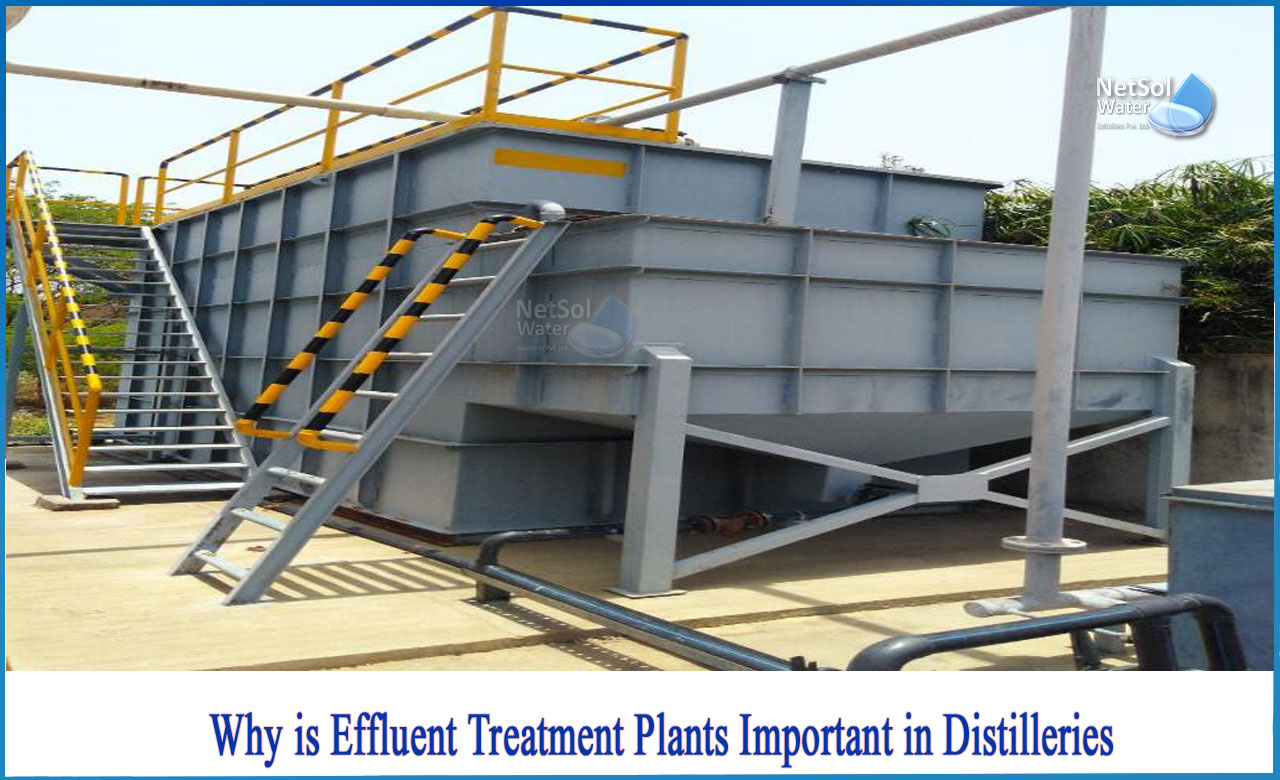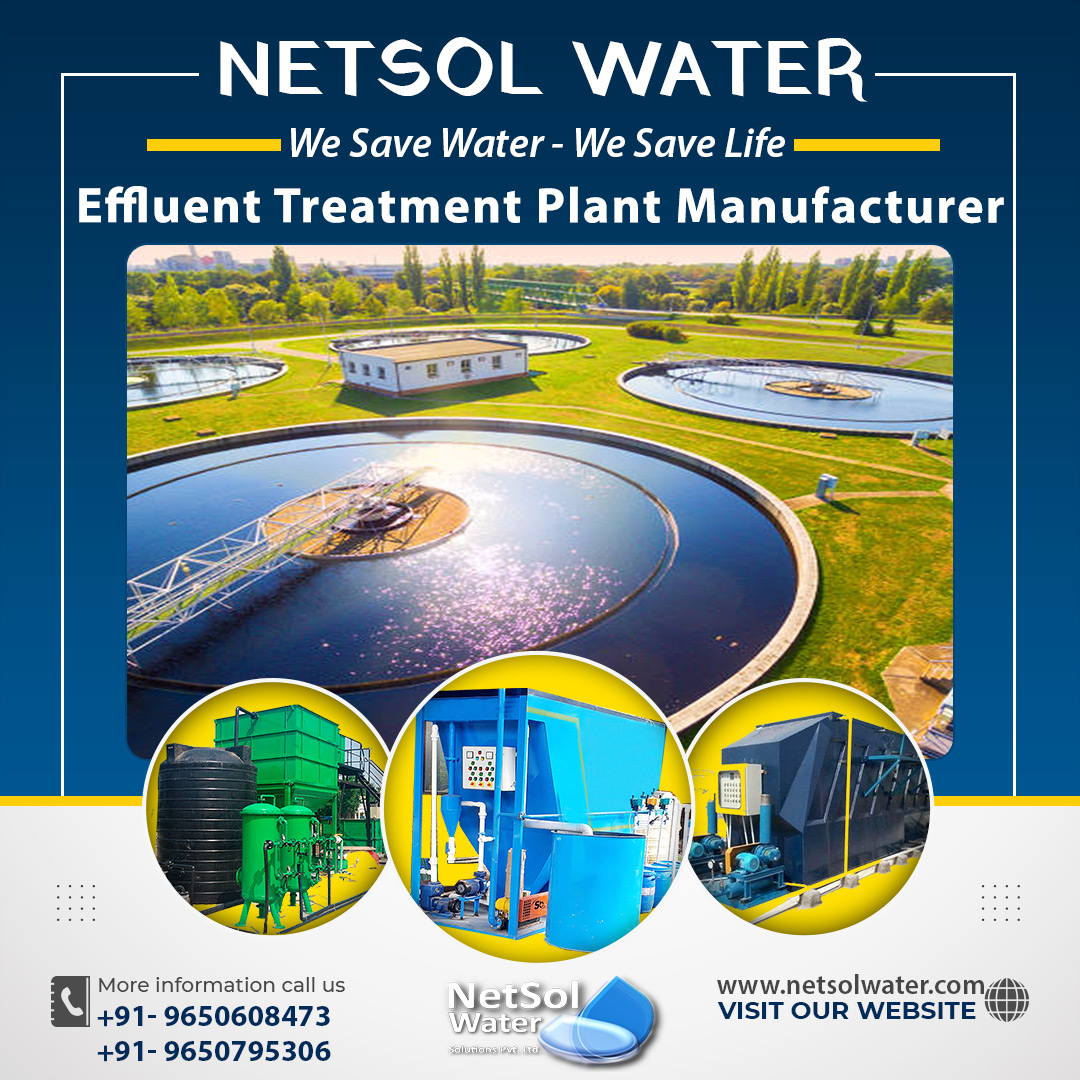Why is Effluent Treatment Plants important in distilleries?
As you know, water is an important factor and cannot be wasted. Industrial wastewater treatment includes mechanisms and methods for treating wastewater that is a by-product of industrial or commercial activities and produces liquid wastewater suitable for circulation to the process area.
ETP is an abbreviation for Effluent treatment plant. A system that removes toxic and non-toxic substances from water and makes them usable for a variety of purposes. ETP is a facility that treats industrial wastewater. ETP systems are widely used in the industrial sector, such as the pharmaceutical industry, to remove wastewater from bulk pharmaceuticals, etc.
Industrial Sewage Sources
1: Agriculture/food industry
Wastewater from the agricultural and food businesses is biodegradable and non-toxic but has high levels of biochemical oxygen demand (BOD) and suspended solids. Washing vegetables produces water with a lot of particles and organic matter.
2: Pulp and paper industry
Wastewater from the pulp and paper industry is generally rich in suspended solids and BOD. Plants that bleach paper pulp can produce chloroform, dioxins, furan, phenol, and chemical oxygen demand (COD). Increased BOD or COD loads, and organic pollutants, may require biological treatment such as activated sludge or anaerobic sludge protection reactors with upward flow. Factories with high inorganic loads such as salt may require tertiary treatment, either general membrane treatment such as ultrafiltration or reverse osmosis.
3: Chemical industry
Wastewater can be contaminated with raw materials, by-products, soluble or particulate product materials. Wastewater treatment plants that do not require wastewater management usually opt for some type of aerobic treatment.
4: Steel Industry
Extracting iron from ore requires a strong reduction reaction in a blast furnace. Cooling water is inevitably contaminated with products, especially ammonia and cyanide. Waste flow pollution includes gasification products such as benzene, naphthalene, anthracene, cyanide, ammonia, phenol, cresol, and various polycyclic aromatic hydrocarbons.
5: Power plant
Power plants are an important source of industrial wastewater. Many of these systems discharge large amounts of metals such as lead, mercury, cadmium, and chromium, as well as wastewater containing arsenic, selenium, and nitrogen compounds.
ETP requirements:
Water is a basic livelihood used for many purposes, one of which is for industrial use. Industries usually pay high taxes on raw water. However, once used, the water is contaminated and must be properly treated to meet the appropriate requirements for use in the facility. Therefore, sewage treatment facilities are always installed in all industrial facilities.
ETP applications in Distillery: Distillery Industrial Wastewater Treatment Plant (Zero Liquid Discharge)
The distillery industry uses molasses and various grains as raw materials.
Molasses-based Distillery Industry: In India, the majority of alcohol is made from sugar cane molasses. Molasses is a thick by-product of the sugar industry, which is acidic, salty, dark brown and contains sugar that cannot be crystallized. To make alcohol, dilute molasses with water to make a solution containing 15-16% sugar. The yeast strain is then inoculated into this solution and fermented at room temperature. Fermented laundry is distilled in a series of distillation columns to obtain the appropriate / required strength and quality / specification of alcohol.
Grain-based distillery industry: There are two major distillery processes.
A dry milling distillery and a wet milling distillery.
1: Dry milling (or dry milling) is the main process used in the production of ethanol. The process begins with milling the grain before it is submerged in water, resulting in ethanol and various by-products.
2: The wet grinding process soaks the grains and separates the grains into different fractions, enabling the production of multiple food and industrial products such as starch, protein, fructose, oil, and ethanol.
The distillery produces a large amount of highly toxic wastewater. Wastewater from distilleries, mostly used as detergents, is almost 15 times the total alcohol production. Disposing of this enormous amount untreated can cause serious water pollution and cause widespread damage to aquatic organisms.
Treatment of Distillery waste water: Distillery Wastewater Treatment by Evaporation and Separation of Solids
This technology is based on the basic principle of concentration of wastewater and subsequent volume reduction by separation of salt and water.
Evaporation and Separation Process
Distillery Wastewater focuses on the evaporator, which is supplied to the vacuum, with a solid content concentration of up to 60%. The evaporated water is fed back into the fermentation process and the concentrate is mixed with the suspended solids separated by the decanter. Yeast sludge from the distillery contains dead yeast and decomposition products of organic waste such as proteins, fats, vitamins, and carbohydrates, and used laundry contains the above nutrients and unfermented sugars. Amino acids, ammonium phosphate, etc. are included. In other words, there are two by-products. Nutrient-rich animal feeds and potassium-rich fertilizers are available at the distillery.
The amount of wastewater of can be reduced by up to 85-87% (7 times). A 30% DM concentrate is used for bio-composting. The 70-75% TS concentrate after mixing with agricultural residues can be used as fuel for existing boilers, resulting in high calorific value.
Condensed water from the evaporator can be used in
-Cooling water supplements in condensers
-Equipment cleaning
-Molasses dilution
-For irrigation purposes according to maintenance of pH value
For design, manufacture, installation and maintenance of Effluent treatment plants for various industries, contact Netsol Water.




